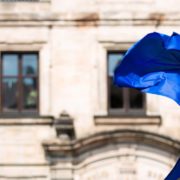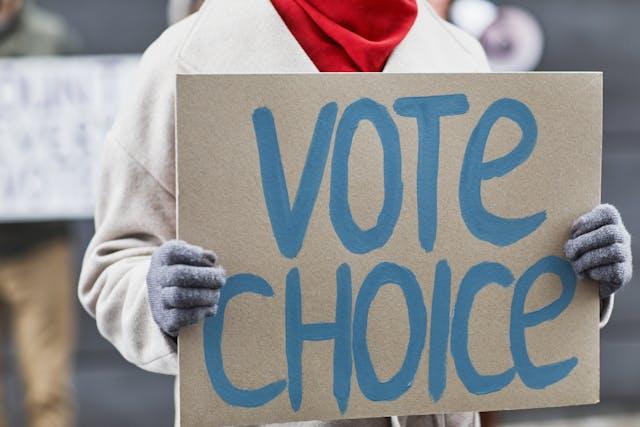Starting midnight Friday, March 13, travel to the United States from European countries will be temporarily banned for 30 days in an effort “to keep new cases” of the novel coronavirus “from entering our shores,” President Donald Trump announced on Wednesday, March 11.
From the Oval Office, Trump addressed the American public in an error-laden speech, blaming Europeans and folks traveling from Europe for the recent increase of U.S. cases of the virus that causes COVID-19, saying that “a large number of new clusters in the United States were seeded by travelers from Europe.”
On Thursday, Trump assured reporters that the decision won’t hamper the already wanting transatlantic relationship, claiming that, “We get along very well with European leaders but we had to make a decision and I didn’t want to take time and, you know, it takes a long time [to] make the individual calls and we are calling and we had spoken to some of them prior to [the announcement].”
But communicating with the European Union — which has an embassy in the U.S. — doesn’t require calls to individual members.
In its response, the EU denounced Trump’s decision to impose the 30-day ban in a statement from the 27-member coalition’s central leaders.
“The coronavirus is a global crisis, not limited to any continent and it requires cooperation rather than unilateral action,” the president of the European Council Charles Michel and president of the European Commission Ursula von der Leyen said in a joint statement.
Michel and Leyen also pointed out that the White House did not give the EU or any European leaders advance notice of the decision, making clear that it “disapproves of the fact that the U.S. decision to impose a travel ban was taken unilaterally and without consultation.”
The virus that causes COVID-19 — which stands for coronavirus disease 2019 — has already claimed the lives of 4,717 patients across the world as of Thursday, according to a Johns Hopkins University data dashboard. The total confirmed cases is now over 127,000 across the globe.
Fact-checking Trump’s speech
Trump’s Wednesday night address attracted controversy from health officials for making misleading statements that created confusion. For example, the ban does not suspend “all travel from Europe” as Trump said; the temporary ban applies to the 26 countries within the Schengen Area, a zone in Europe in which people can travel across countries without having to go through border checks.
European countries outside of the Schengen Area that wouldn’t be affected by the ban include the UK (which Trump mentioned), Ireland, Croatia, Cyprus, Bulgaria, Romania, Ukraine, Serbia, Armenia, Montenegro, Belarus and Russia.
The phrase “all travel from Europe” also caused confusion since the ban also would not affect U.S. citizens, permanent residents and certain family members, who are allowed to come back to the U.S. Later on in the speech, he said that certain travelers would be exempted including “Americans who have undergone appropriate screenings.”
In fact, U.S. citizens are allowed to fly out of Europe even if they’ve not been tested because the screenings take place after they land in the U.S. To clarify Trump’s remarks, the official White House Twitter account wrote, “Those exempt from these restrictions, such as U.S. citizens, will be directed to limited airports where screening can take place.”






